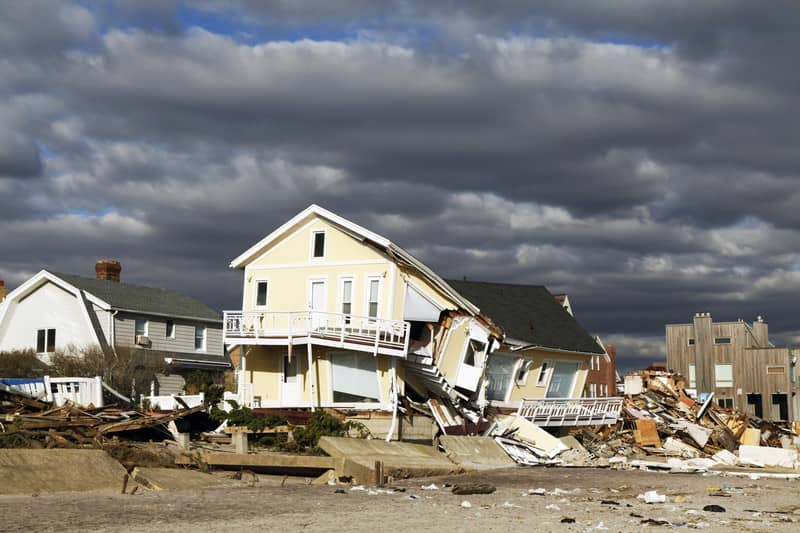The environment experienced a rough year in 2020, a result of a global pandemic and extreme natural disasters. The bushfires in Australia kicked off the new year, followed shortly by the COVID-19 pandemic wreaking havoc on social and economic systems around the world. From there, it only got worse. One positive outlook from 2020, however, is that the world finally seemed to wake up to the direness of the state of our environment.
The COVID-19 pandemic and its Impact on the Environment
While the pandemic wreaked havoc on the global economy, it gave the planet a much-needed break. Travel and other industries plunged, and the gas emissions normally produced by these activities faltered. While people were trapped at home, forced to quarantine, the environment finally had a chance to come up for air. And boy, did it. We saw some of the clearest skies in decades, an improvement in water quality in rivers and seas, and so much more.
But while the planet was slowly recovering from years of carbon-based impact, we fell right back into our old habits. Stimulus resources in many countries went towards emissions-intensive sectors (i.e. fossil fuel production, heavy industry, agribusiness, etc.) instead of transitioning towards greener development. Deforestation in Brazil, for example, was at the highest it’s been since 2008.
The Global Energy Transition from Fossil Fuels to Renewable Energy
Despite the initial surge in emissions-intensive sectors, interest quickly switched to renewable energy sources like electric cars, solar and wind energy, and smart grids. The world, it finally seemed, was waking up to environmental sustainability. Supporting this effort included the installation of interior and exterior LED lighting. This now common technology significantly lowers energy demand resulting is lower emissions per watt hour of energy use.
That initial demand for fossil fuels – like coal – plummeted and governments from the U.K. to California announced plans to ban sales of new gasoline-powered cars in the next 10-15 years.
The Pandemic also Raised Awareness of “One Health”
A large aspect of sustainability that often gets overlooked is health. The pandemic not only raised awareness for our impact on the environment, but also on “One Health,” an initiative to unite human and veterinary medicine.
The pandemic opened the world’s eyes to the threat of zoonotic diseases and from there, to how intertwined human health is with that of animal and ecosystem. Epidemiologists and conservationists have long asserted that “our current approaches to agriculture and livestock production create conditions that enable wildlife pathogens to jump to humans.”
The idea started trending in a variety of communities, from health to finance, China established new restrictions on the wildlife trade, and the world finally started taking scientists’ warnings seriously – including their most recent advisory that the next global pandemic could come from areas where forests are rushed into converted farms and ranches, like the cattle slaughterhouses in the Amazon rainforest.
Extreme Weather and Natural Disasters of 2020
While the future or our environment finally began to look like it was on the mend, our past mistakes came back to remind us just how dire of a situation we got ourselves into. Last year was the year of natural disasters.
Wildfires raged in Australia, the Amazon, Angola and Democratic Republic of Congo, and large parts of the Western U.S. Temperature records were shattered – 2020 tied 2016 for the hottest year on written record. The Great Barrier Reef underwent a third bleaching event – the most recent in only five years. Arctic sea ice was at its second lowest, with researchers warning that Antarctic and Greenland ice sheets may be about to hit a point of no return. We could have a substantial sea rise by the end of the century. Thirteen out of a whopping 30 named storms were categorized as hurricanes in the 2020 Atlantic hurricane season – one of the most active seasons on record. One of those hurricanes, Hurricane Eta, killed more than 200 people. Severe weather preparation, including maintaining an emergency kit and bug-out bag, is now accepted as an essential action.
Our Future Environment: 2021 and Beyond
Last year was only a catalyst of what is to come. While on the surface, 2020’s environmental impact may seem positive – leading to increased environmental awareness, the strive for a more sustainable future, and more – we must remain vigilant. While we look to the future, the past is quickly resurfacing to remind us of the damage already done.


Recent Comments